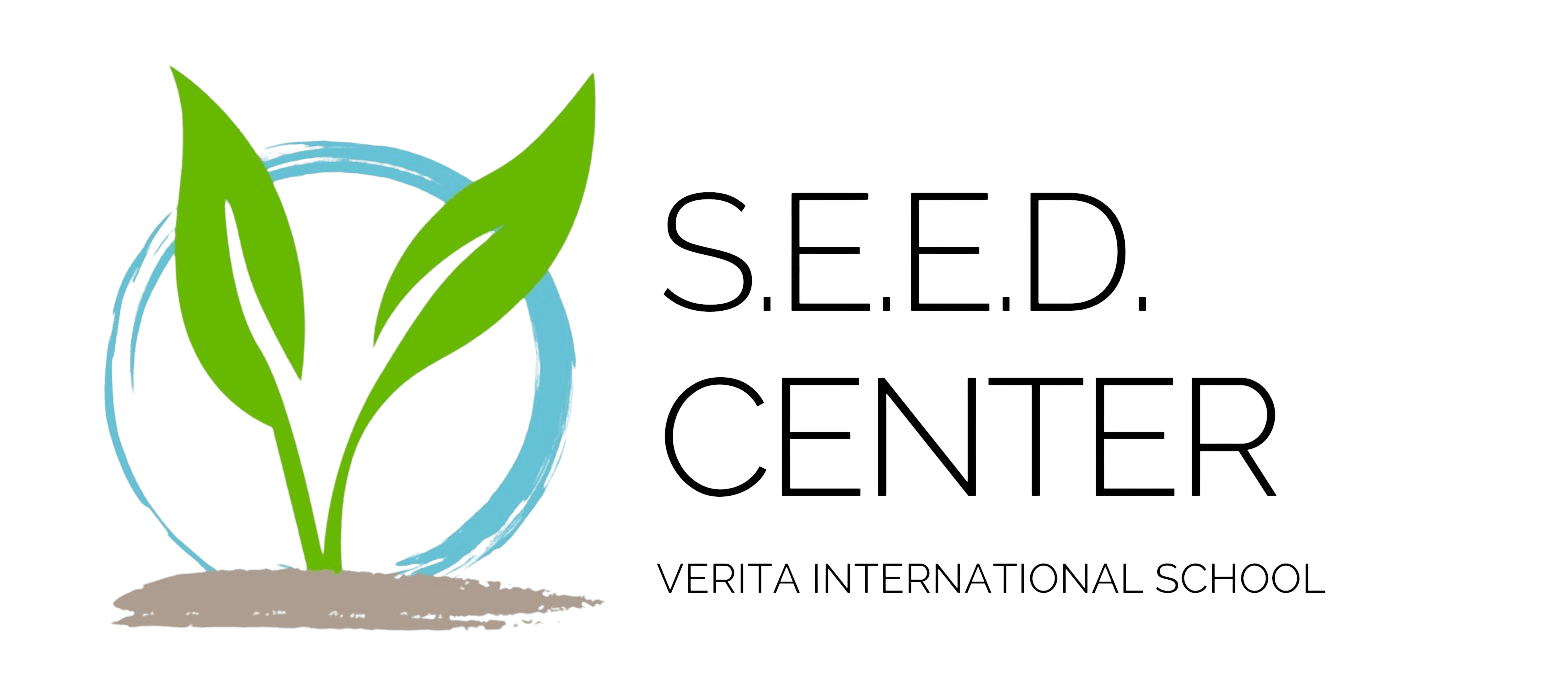The Impact of Seasonal Changes on Student Learning: Adapting to the School Year
Understanding Seasonal Changes in Education
As the school year progresses, students and educators alike experience the effects of seasonal changes. From the vibrant energy of early autumn to the quiet introspection of winter, each season brings unique challenges and opportunities for learning. Understanding these changes is crucial for adapting teaching methods and ensuring students reach their full potential throughout the year.

The Influence of Autumn
Autumn marks the beginning of the academic year, often bringing a sense of fresh beginnings and renewed motivation. The crisp air and colorful foliage can invigorate students, fostering a positive learning environment. Teachers can capitalize on this by introducing engaging activities that harness this natural energy.
However, as daylight decreases, students may experience fatigue and reduced concentration levels. Incorporating outdoor lessons or leveraging natural light in classrooms can help mitigate these effects, keeping students alert and engaged.
Winter Challenges
Winter presents unique challenges, as shorter days and colder weather can impact student learning. With less sunlight, students may experience symptoms of Seasonal Affective Disorder (SAD), which can affect mood and focus.

To counteract these influences, educators can incorporate more interactive and group-based learning activities to maintain student interest. Encouraging physical activity during breaks can also help keep energy levels up, promoting better concentration in class.
Spring Renewal
Spring brings a sense of renewal and growth, both in nature and in educational settings. As days grow longer and temperatures rise, students often feel more energized and ready to tackle new challenges. This is an ideal time for introducing complex projects or encouraging creative thinking.
However, spring also heralds allergy season for many, which can lead to discomfort and distractions in the classroom. Creating an allergy-friendly environment and being mindful of students' needs can help maintain a productive learning space.

The Summer Transition
The approach of summer signifies the end of the academic year, often accompanied by a mix of excitement and anxiety. Students may become restless as they anticipate the freedom of summer break. Teachers can harness this energy by incorporating more dynamic and experiential learning activities that keep students motivated until the last day.
Additionally, it's important to prepare students for the transition into summer by providing resources for continued learning during the break. Encouraging reading lists or online courses can help prevent the "summer slide," ensuring students retain knowledge gained throughout the year.
Adapting Teaching Strategies
Adapting teaching strategies to align with seasonal changes can significantly enhance student learning. By being aware of how different times of the year affect student behavior and performance, educators can tailor their approaches to maximize engagement and achievement. Here are some practical strategies:
- Leverage natural light in classrooms to boost mood and focus.
- Incorporate outdoor lessons when weather permits.
- Use interactive group activities during winter months.
- Create allergy-friendly classrooms in spring.
- Provide resources for continued learning during summer.
The Role of Parents and Guardians
Parents and guardians play a crucial role in supporting their children's education throughout the seasons. Staying informed about how seasonal changes might affect their child's learning allows them to provide appropriate support at home. Encouraging healthy routines, such as regular sleep patterns and balanced nutrition, can also help mitigate seasonal challenges.

By working in partnership with educators, parents can ensure their children remain focused and motivated year-round, paving the way for academic success and personal growth.
